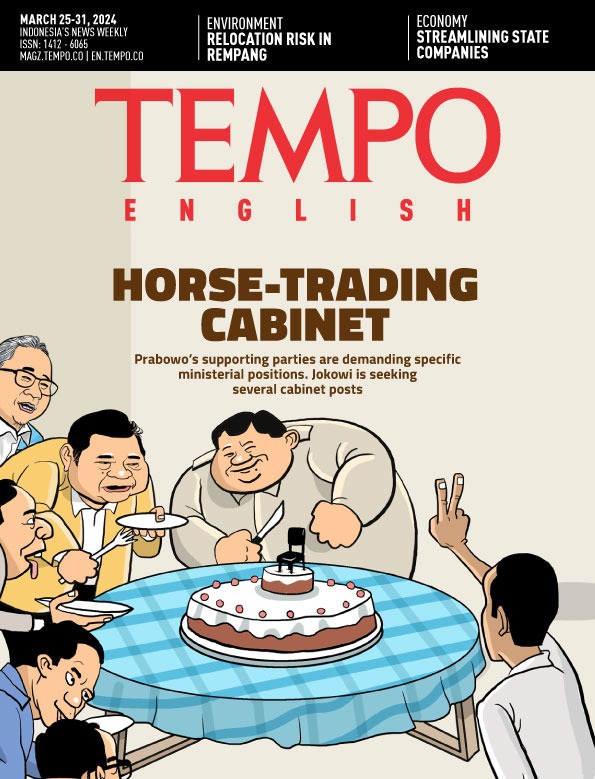Mortality
Monday, February 22, 2021
Death is always with us in the same carriage. Death does not cut the journey. Death is part of the journey.
arsip tempo : 171361495694.

IN Indonesian, we use the phrase meninggal dunia, “to depart this world”: the body that is buried becomes the sign of loss. Separation with the world is such a radical separation that death is experienced not only as event. When we call it ‘Death’, it is as though it is a person, not a moment. Amir Hamzah even addressed death in his poem of desperation:
Come then, oh death
Release me from suffering
Again it is to y
...
Subscribe to continue reading.
We craft news with stories.
 For the benefits of subscribing to Digital Tempo, See More
For the benefits of subscribing to Digital Tempo, See More












